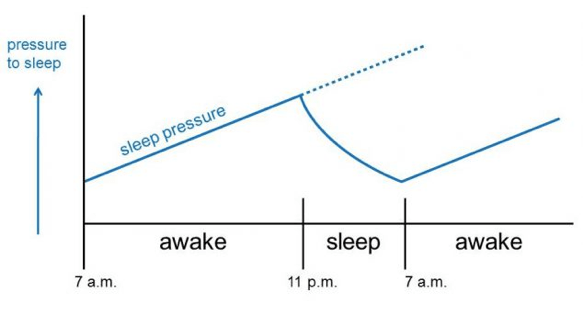
The pandemic has massively affected our sleeping patterns. A study by Sleep Standards surveyed over 1,000 Americans about their sleep habits before and after stay at home and social distancing measures were enacted and found:
• 53 percent indicated they spend less time sleeping than before the pandemic
• 67 percent believe their sleep was healthier before the beginning of lockdown
• 68 percent feel stress or find it hard to sleep, even after lockdown measures were lifted
• 98 percent have developed new sleep problems post-lockdown
So what can we do about it?
Understand Your Sleep Cycles
Dr. Cathy Goldstein, associate professor of neurology at the University of Michigan Sleep Disorders Center, explains that sleep is governed by two neural systems: the homeostatic and the circadian. Both work together to let your body know that it’s time for sleep, and play a big part in actually allowing your body to relax enough for it to slumber. Being able to identify which of these two systems is disrupted can help address any sleeping issues you may be facing.
Your Sleep Engine
The homeostatic system is an internal system that can seem a bit mechanical. It determines whether you need sleep based on how much you’ve had, how long you’ve been awake, and what energy is left in your body.

Homeostatic sleep drive shown as “sleep pressure” from the CDC.
The homeostatic system means that your body feels increased “pressure” to sleep based on how far away it is from its last sleeping session. And every time you catch some Zzzs, it resets.
So, if you find yourself sleeping more during quarantine, is that a good thing? Not necessarily.
Emotionally taxing or anxiety-filled experiences can leave people feeling drained. This increases the pressure to sleep just as much as not getting enough sleep can. If you’ve ever felt the need to lie down and burrow into a nap after an argument or find yourself consistently feeling tired and on edge due to external stressors like the news, these are signs that the homeostatic system has used the energy that was generated during your last sleep session.
Life in COVID-world has left many of us feeling like our bodies are running on fumes. In fact, research suggests that “while social isolation rules have left many people with more time for nightly rest, the actual quality of sleep might be worse for some.” The study surveyed over 400 adults and found that people are sleeping about 15 minutes more per night on average, but they report that the quality of their sleep is poor. Anxieties are plaguing our sleep, just as much as chaos and uncertainty and health issues plague our waking world. As a result, the quantity of sleep doesn’t refuel us.
Repair the Machine
In order to help settle down your homeostatic sleep system, it helps to make sleep a priority. It also doesn’t hurt to try and release the pressure we put on ourselves.
If you’re not getting enough sleep, setting a goal around the number of hours you need to feel refreshed can be helpful. As we’ve advised before, you can work toward this sleeping goal by going small. If you’re only getting by on five to six hours, what time do you need to go to bed to get up on time but still get a solid seven to eight hours? If that goal seems unattainable at first, start by simply going to bed five minutes earlier each night and you’ll eventually hit your optimum time.
If you’re on the opposite end of the spectrum and are worried that you’re sleeping enough but don’t feel refueled, you may need to look outside the bedroom to solve the issue. If you’re feeling anxious and overwhelmed, you may need to give yourself some grace. Plan for the short term and give meditation or mindfulness a try. By getting comfortable with yourself, you can quiet the low hum of your nerves and try to shush your worries to sleep.
Your Sleep Rhythm
The other side of your sleep system is a less mechanical and more intuitive aspect. The circadian system is connected to how we physically experience the external world. Much like the insects from which the phenomenon gets its name, our circadian system is based on a temporal cycle. It’s an internal clock that runs based on our exposure to outdoor light and dark, the times that we eat our meals, and other patterns and habits.
In the wake of the pandemic, everyone’s routines were scrambled. Where once someone may have left for the office, driven through a sunny day, and returned home just in time to tuck the children in – now they may never venture farther than the four walls of their home. Their behavioral changes – and their newfound stationary indoor lifestyle – will have altered the ticking of their internal clock.
Reset the Beat
Many things can disrupt our circadian system, but the most common disruptors come from our relationship to light and our overall sense of stability.
If all you ever do is stare at the ceiling when you should be sleeping, it’s probably because of staring at a screen too long or not getting enough sunshine. The University of Michigan’s Sleep and Circadian Research Laboratory recommends limiting light exposure during the evening, particularly from devices (and really, wouldn’t you feel better if you stop doom-scrolling before bed?). They also suggest taking breaks during the day to get outdoors, even if it’s for a short walk. That way your body gets exposure to natural light and will recognize later on when it’s time to call it a night.
If you’re getting outside and keeping electronics to a minimum and still feel too frazzled, it may help to reset your routines and find a new first domino to focus on. Creating a sense of structure and purpose will create a new rhythm for your circadian system to follow. Your body will come to learn what time it should be resting, and it will be more likely to relax.
Remember, our overall ability to sleep is a result of two systems – mechanical and intuitive, homeostatic and circadian. They work together to help our body recognize when our energy is low, and which times and situations are right for rest. If you’re experiencing difficulty sleeping, there may be aspects of both systems that need to be addressed. If you’re looking for a community to help you on the journey and trade pillow talk, reach out to the Living Your ONE Thing Community for support and encouragement.

